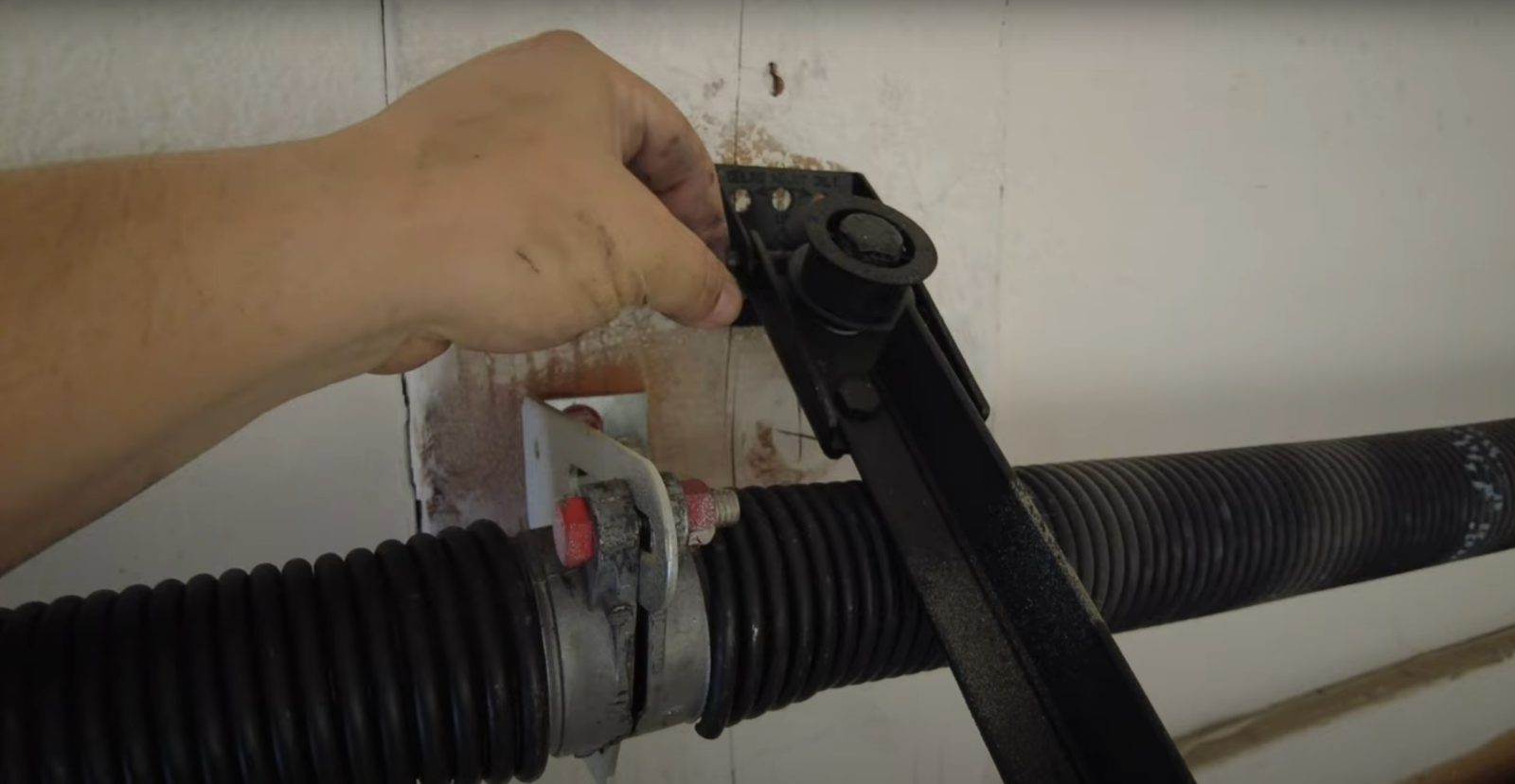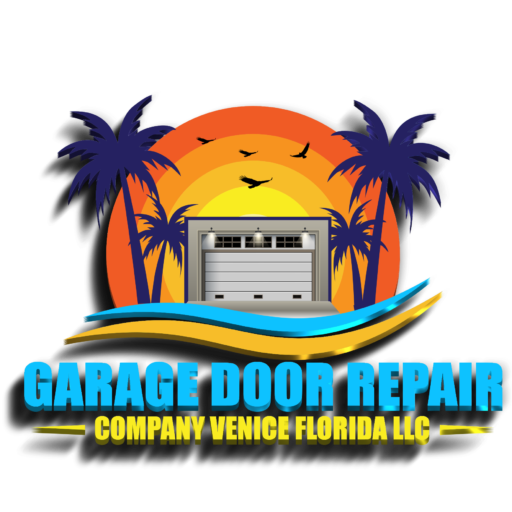How to Safely Identify Garage Door Spring Problems
- COMMERCIAL GARAGE DOOR REPAIR
- GARAGE DOOR OPENER INSTALLATION
- GARAGE DOOR SPRING REPAIR
- SAME-DAY GARAGE DOOR REPAIR
- CUSTOM GARAGE DOOR
- GARAGE DOOR OPENER REPAIR
- GARAGE DOOR TRACK REPAIR
- GARAGE DOOR CABLE REPAIR
- GARAGE DOOR PANEL REPAIR
- LOCAL GARAGE DOOR REPAIR
- GARAGE DOOR REPLACEMENT
- NOISY GARAGE DOOR FIX
- GARAGE DOOR INSTALLATION
- GARAGE DOOR SECTION REPLACEMENT
- OVERHEAD GARAGE DOOR REPAIR
- GATE REPAIR

How to Safely Identify Garage Door Spring Problems
Garage doors are often the unsung heroes of our homes, providing convenience, security, and protection from the elements. However, like any mechanical system, they can experience wear and tear over time. One of the most common issues homeowners face is garage door spring problems, which often require professional garage door spring repair. Identifying these issues early is crucial for ensuring the safety and functionality of your garage door.
Understanding Garage Door Springs
Before we jump into identifying problems, it’s essential to understand the role of garage door springs. These springs are responsible for counterbalancing the weight of the garage door, making it easy to open and close. There are two primary types of springs used in garage doors:
- Torsion Springs: Located above the garage door opening, these springs twist and coil to store energy.
- Extension Springs: Found on the sides of the door, these springs expand and contract to support the door’s movement.
Signs of Garage Door Spring Problems
Knowing the signs of garage door spring problems can save you from costly repairs and potential safety hazards. Here’s what to look out for:
1. Unusual Noises
If you hear loud creaking or snapping sounds when opening or closing your garage door, it could indicate a problem with the springs. These noises often signal that the springs are under stress or starting to fail.
2. Door Won’t Stay Open or Closed
A garage door that won’t stay in position—either open or closed—is a clear sign of spring issues. Springs provide the necessary tension to keep the door stable, so if they’re not functioning correctly, the door may drift.
3. Visible Wear and Tear
Inspect the springs for visible signs of wear and tear, such as gaps, rust, or fraying. These are indicators that the springs may be nearing the end of their lifespan and need attention.
4. Slow or Jerky Movements
If your garage door is moving slower than usual or appears jerky during operation, it might be due to compromised springs. This irregular motion can strain the opener and other components, leading to further damage.
5. Imbalanced Door
An imbalanced door—where one side appears higher than the other—can indicate a broken or weak spring. This imbalance can put extra stress on the garage door opener and cables, potentially causing more extensive issues.
Safety Tips for Inspecting Garage Door Springs
While identifying spring problems is essential, safety should always come first. Here are some vital safety tips:
- Avoid DIY Repairs: Garage door springs are under high tension and can be hazardous. It’s best to leave repairs to professionals.
- Use the Manual Release: If you suspect a spring problem, use the manual release to disengage the opener. This allows you to operate the door manually without putting extra strain on the springs.
- Regular Maintenance: Schedule regular maintenance with a professional to catch minor issues before they become significant problems.
Keeping an eye on your garage door springs and knowing the signs of trouble can prevent accidents and costly repairs. If you encounter any of the issues mentioned, don’t hesitate to reach out to experts like Garage Door Repair Company Venice Florida. Their professional team can ensure your garage door springs are in top condition, providing peace of mind and safety for your home.
